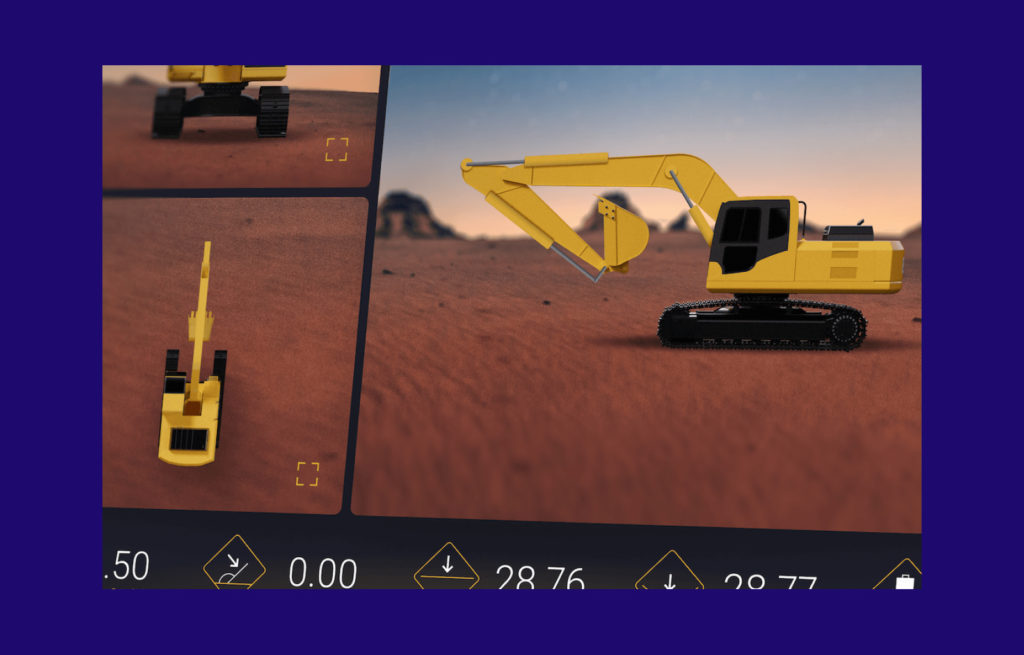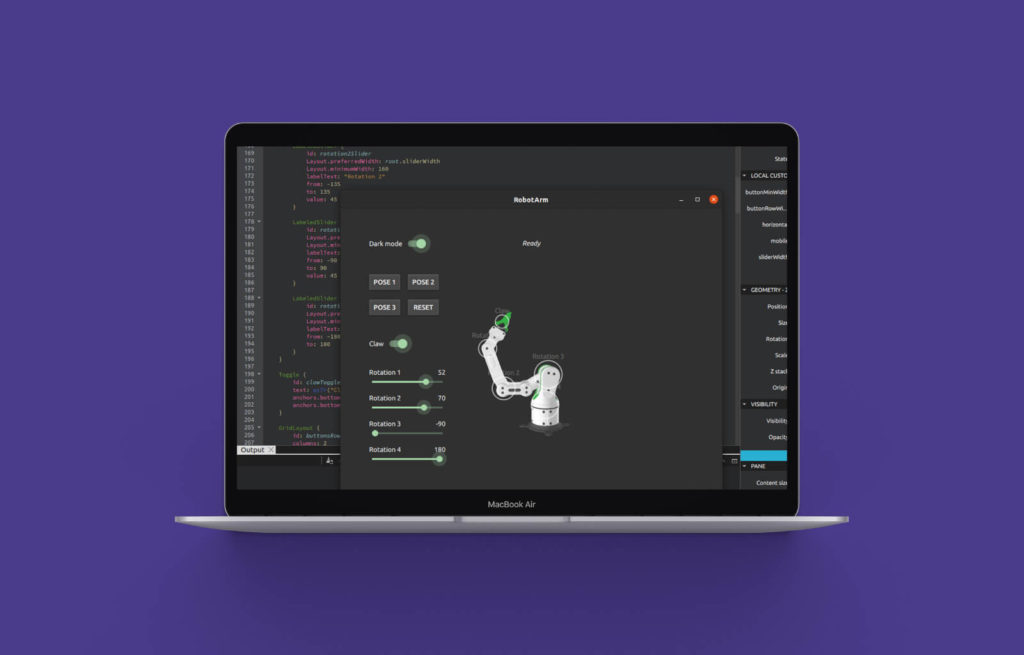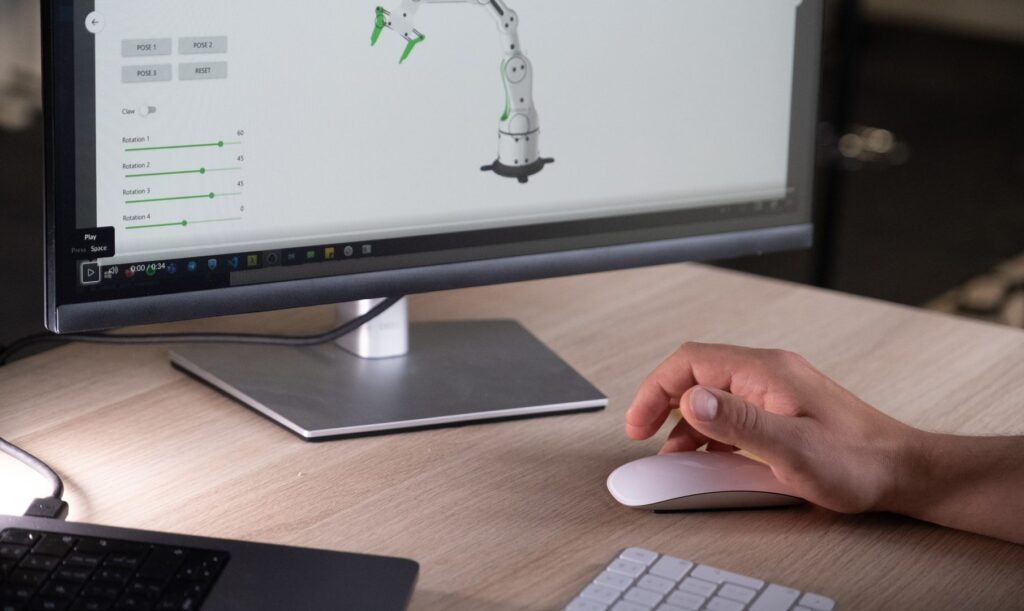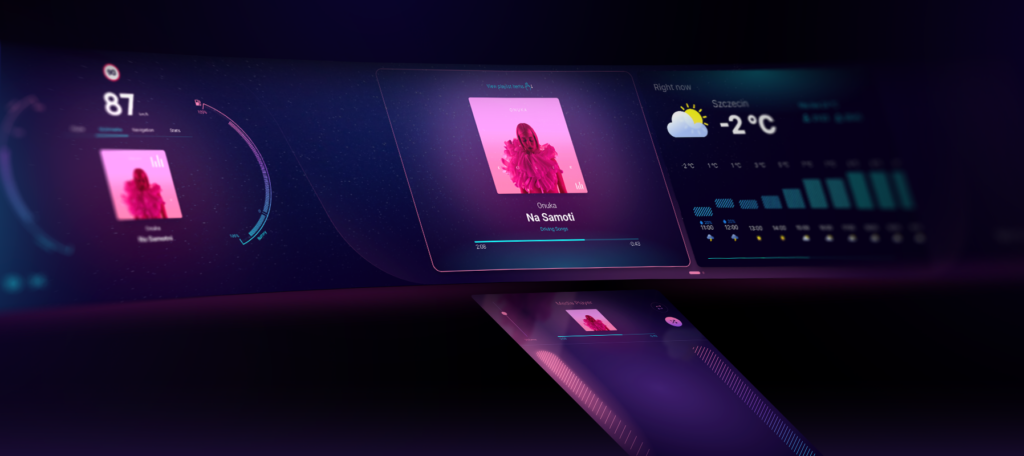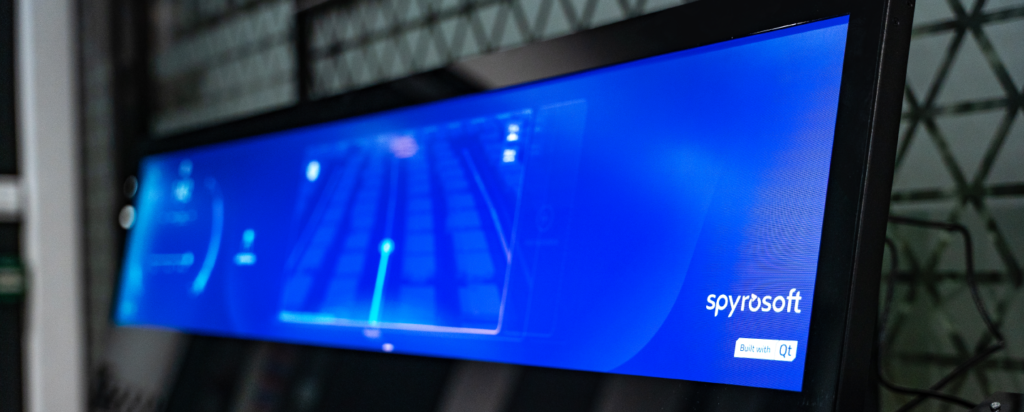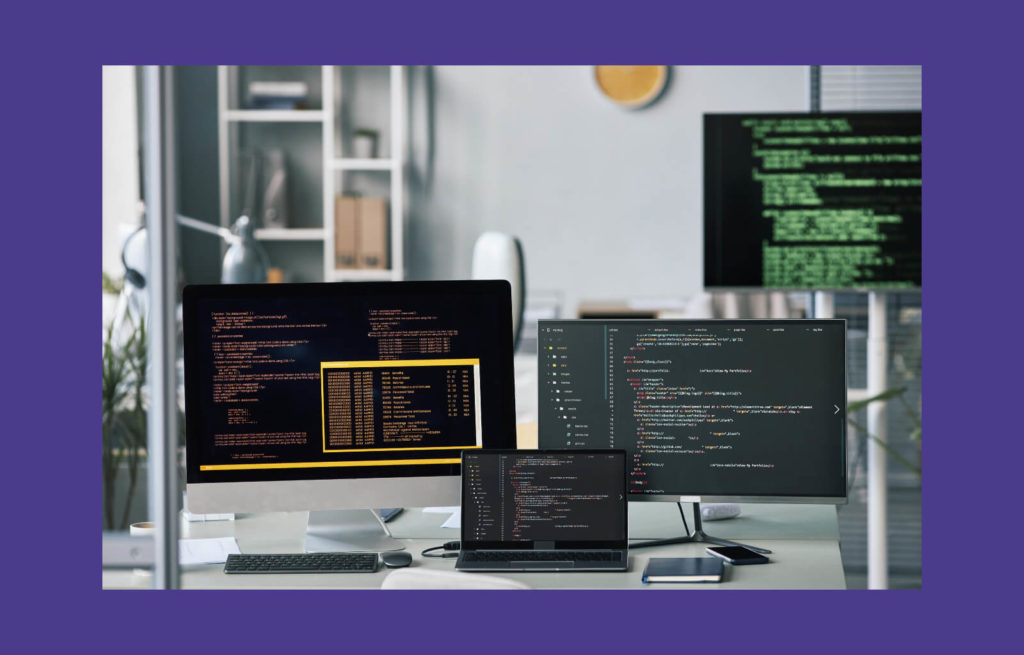What is Qt and how does it change HMI industrial automation?
In the rapidly evolving landscape of industrial automation, the integration of cutting-edge technologies plays a pivotal role. The essence of progress lies not only in the efficiency of operations but also in reducing costs and enhancing market competitiveness. Modern solutions, such as Human-Machine Interface (HMI), stand as indispensable investments for industrial automation HMI. It is through such innovations that the industry can keep pace with market demands. However, the true transformative power of HMI can only be harnessed with the right framework. One such paradigm-shifting framework is Qt. Qt supports application development on various platforms, including embedded devices. How does Qt support and optimise the process of human-machine interaction?
What is the Qt Framework?
The Qt Framework for HMI stands as one of the most advanced solutions currently available in the market. Its distinction lies not only in its user interface capabilities but also in the breadth of its functionalities, extending far beyond mere user interaction. As a versatile, cross-platform application development framework, Qt software comprises various modules, allowing for multidimensional development, encompassing aspects such as cutting-edge 3D graphics and internationalisation.
Investing in a modern Human-Machine Interface (HMI) system, especially one based on the efficient and multidimensional Qt Framework, represents a pivotal aspect of refining industrial processes. High-ranking executives comprehend the profound impact such solutions have on their companies. These solutions not only enhance user experiences but also streamline daily operations.
Qt benefits
The new system built on the Qt Framework empowers users with more efficient, precise, simple, and intuitive interactions with devices. Its simplified interface enables more effective data analysis and facilitates better decision-making. This, in turn, boosts productivity and enhances the overall efficiency of the company. The popularity of this solution is evidenced by its widespread adoption across diverse industries. For instance, Autodesk utilises the Qt Framework in their 3ds Max software, and companies involved in developing entertainment and information systems for automobiles, such as BMW and Tesla, rely on Qt for their infotainment HMI needs. The Qt Framework also facilitates fewer feedback loops, enhancing collaboration between designers and developers.
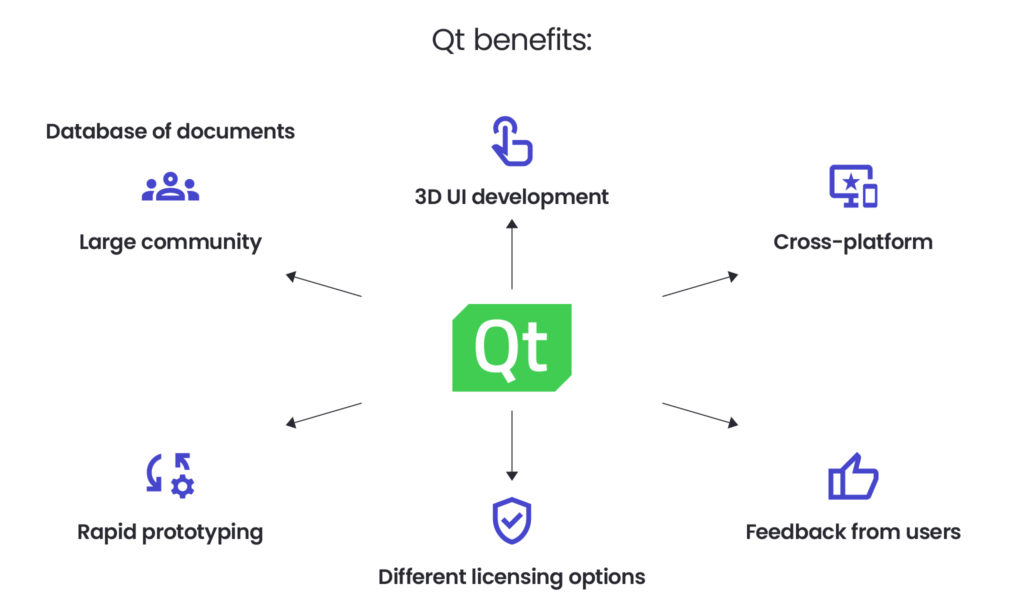
There are also other benefits that are worth mentioning here:
- Enhanced user experience and operational efficiency
- Future-ready solutions adaptable to evolving technologies
- Compliance with industry standards and enhanced safety measures
- Rapid development and reduced time-to-market with Qt
- Cross-platform compatibility for seamless integration
- High-quality graphics and 3D visualisation capabilities
- Support for IoT and machine learning integration
We invite you to read more about QT benefits, especially when it comes to UI development.
Check our Qt development services
Learn moreEnhanced user experience and operational efficiency
A company aiming to stay ahead of rapid technological shifts and dynamically adapt to market expectations will be well-prepared for these changes upon implementing the Qt Framework. Adapting to new trends significantly enhances the company’s ability to respond swiftly to the needs of current or future/potential clients, effectively facilitating the achievement of long-term business goals.
The innovative Qt Framework profoundly enhances operational efficiency and enables intuitive, effective device usage. Its advanced functionalities and user-friendly interfaces are crucial in increasing productivity and positively impacting task completion quality. Moreover, the framework is tailored to meet current market demands, allowing for the continual dynamic development of applications, thus maintaining its position as a significant contender. Qt’s powerful capabilities in GUI development are particularly noteworthy, offering native-looking interfaces and cross-platform compatibility. The integration of tools like Qt Creator and Qt Quick further streamlines the application design process.
One standout feature of this framework, significantly enhancing operational efficiency and user experience, is the QML markup language. It enables the design, development, and construction of interfaces without the need for specific architectures or predefined code elements. Should the necessity arise to create small sections of code required for the graphical user interface (GUI), then JavaScript fragments can be employed for this purpose. With automatic compilation, users are spared the effort of code adjustments, ensuring a seamless experience.
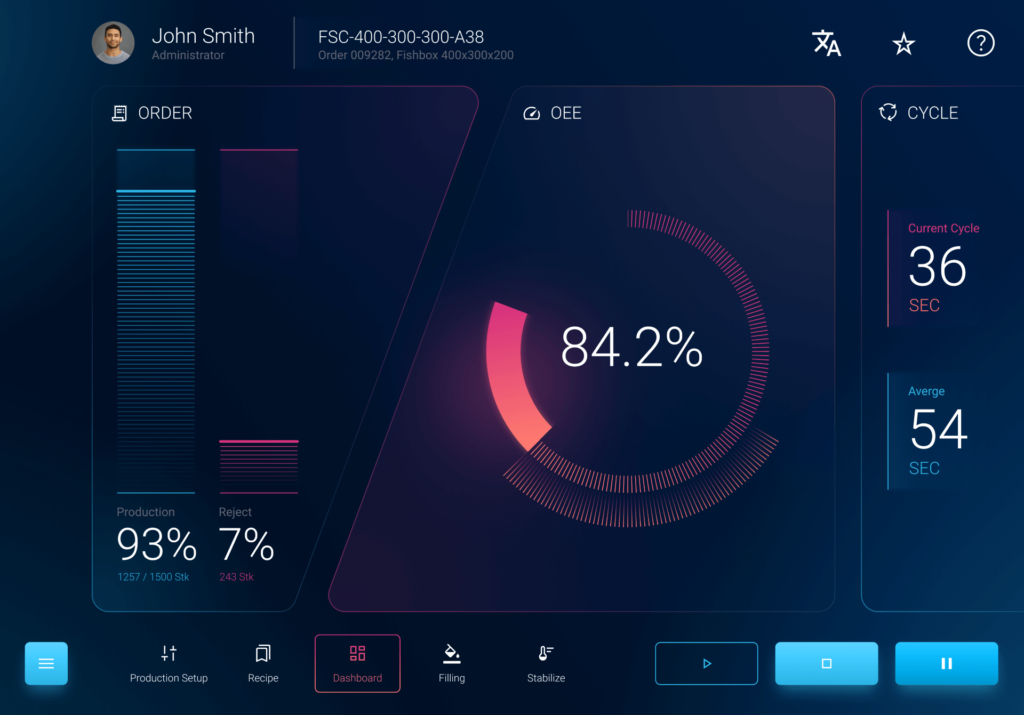
Future-ready solutions adapted to evolving technologies
Implementing new solutions in the realm of future-ready HMI development and enhanced user experience in automation necessitates technical and design-level modifications.
Hence, the second advantage stemming from the utilisation of the Qt Framework in HMI systems lies in its adaptability. Technological efficiency is achievable through a system that seamlessly adjusts to emerging trends and innovations, thereby facilitating the attainment of the company’s long-term strategic objectives. It is noteworthy that Qt complies with all international standards and aligns fully with the regulations prevailing in the industrial sector. Additionally, this solution offers supplementary safety systems.
Crucially, all tools and technological solutions incorporated within the Qt Framework enable individual teams to collaborate effectively, reducing the effort invested in developing solutions and simplifying processes. Consequently, every aspect of development becomes comprehensible for every employee, regardless of their department.
Compliance with industry standards and enhanced safety measures
An outstanding advantage that cannot be overlooked is Qt’s compatibility with numerous other platforms. This interoperability, often referred to as cross-platform compatibility, amplifies the overall system functionality, enhancing its effectiveness and efficiency. Moreover, it reduces the risk of encountering technological barriers, which, when overcome, usually demand considerable time and entail additional financial investments. Smooth and intuitive operation is made possible by the ability to run Qt in web browsers, on desktop platforms (Mac OS, Windows), and on mobile platforms (iOS, Android). Software development can seamlessly progress using traditional, fundamental languages like C++, as well as programming languages such as Java, Rust, and Python.

Industry standards
Qt is renowned for its exceptional compliance with industry standards, including:
- OPC-UA – that facilitates data exchange and interoperability in industrial automation and control systems.
- MODBUS – a communication protocol used in industrial automation to enable communication between various devices and equipment.
- PROFINET – a communication protocol that is designed primarily for high-speed, real-time communication in industrial environments.
Qt provides tools that enable developers to integrate their applications with these key industrial standards seamlessly. With Qt, companies can ensure their software solutions adhere to these standards, thus providing full interoperability, reliability, and efficiency in the industrial setting.
Rapid development and reduced time-to-market with Qt
Qt offers user-friendly interfaces that can be optimised and tailored to specific needs. This significantly shortens the implementation time, ensuring the system remains current despite continuous, dynamic changes in the industrial landscape. Such innovation markedly simplifies the stages of design and prototyping, enabling the generation of QML files. These files can then be utilised in the ongoing software development process. Additionally, the time-to-market for a new solution is further reduced due to the efficient testing of prototypes. This phase is facilitated by the seamless integration of the Qt Framework with testing tools like Squish. Qt Framework provides cross-platform compatibility, ensuring smooth integration across various platforms.
High-quality graphics and 3D visualisation capabilities for GUI development
In Qt, functionality is not the sole focus; aesthetics plays a crucial role as well. This encompasses the ability to create 3D visualisations, making the understanding and analysis of industrial data simpler and more accessible.
Both programmers and graphic designers express a significant demand for three-dimensional interfaces. The Qt project allows for the utilisation of an architecture equipped with ready-made, comprehensive UI libraries. This empowers users to develop systems with interfaces in either 2D or 3D, enhancing the visual experience and usability of the applications. Qt applications are particularly notable for their cross-platform capabilities, enabling the integration of various tools and tech stacks for efficient application design.
Learn more about the visualisation abilities with the interactive excavator demo made in Qt Quick 3D.
How to implement the Qt Framework for HMI?
Qt is a powerful tool that significantly simplifies tasks related to UI/UX design in industrial automation and future-ready HMI development. Its myriad capabilities greatly enhance performance, adaptability, and user experience, providing unparalleled support for modern technologies. Companies that recognise Qt’s potential in revolutionising industrial automation have begun implementing these solutions and fostering their development.
Embarking on the implementation journey should commence with discussions with our specialised team of experts who utilise these technological solutions in their daily work. This team comprises over 70 engineers who specialise not only in programming but also in providing comprehensive support for clients in handling machinery and devices using the Qt Framework.
Depending on the unique needs of your business, there is also an opportunity to design customised UI solutions. These tailored solutions unleash your company’s full potential and align with your enterprise’s specific business plans. Both internal employees and external experts from Unravel work on these projects, sharing their knowledge, skills, and expertise. As a Qt Premium Partner, we emphasise comprehensive services encompassing the design, implementation, and automation of the Qt Framework for HMI development.
Collaborating with professionals allows you to focus not only on implementing the Qt Framework for HMI development but also on designing other solutions within this domain, utilising your own resources. As a Qt Premium Partner, we are dedicated to creating innovative and excellent solutions tailored to your needs.
Conclusion: Future-ready HMI development
In today’s industrial realm, automation stands as an imperative. Reaching ambitious business milestones relies on heightened efficiency and the seamless integration of cutting-edge technologies. Contemporary technological solutions prioritise adaptability and tailor-made approaches, positioning the Qt Framework as an unparalleled option.
With compatibility across various systems, advanced QML language capabilities, and the ability to craft fully functional interfaces, Qt guarantees outstanding user experiences. Investing in solutions like Qt is not merely a financial endeavour; it emerges as a strategic necessity. Such investments empower businesses not just to keep pace but to surpass competitors, securing their leadership positions in their chosen industries.
If you’d like to know more about Qt services or implement them in your projects, we’d be happy to assist you. Reach out via the contact form below, and let’s see what we can do together!
Sources:
1. Unveiling the potential of Qt: a comprehensive framework for UI development
About the author
Recommended articles
CONTACT US


